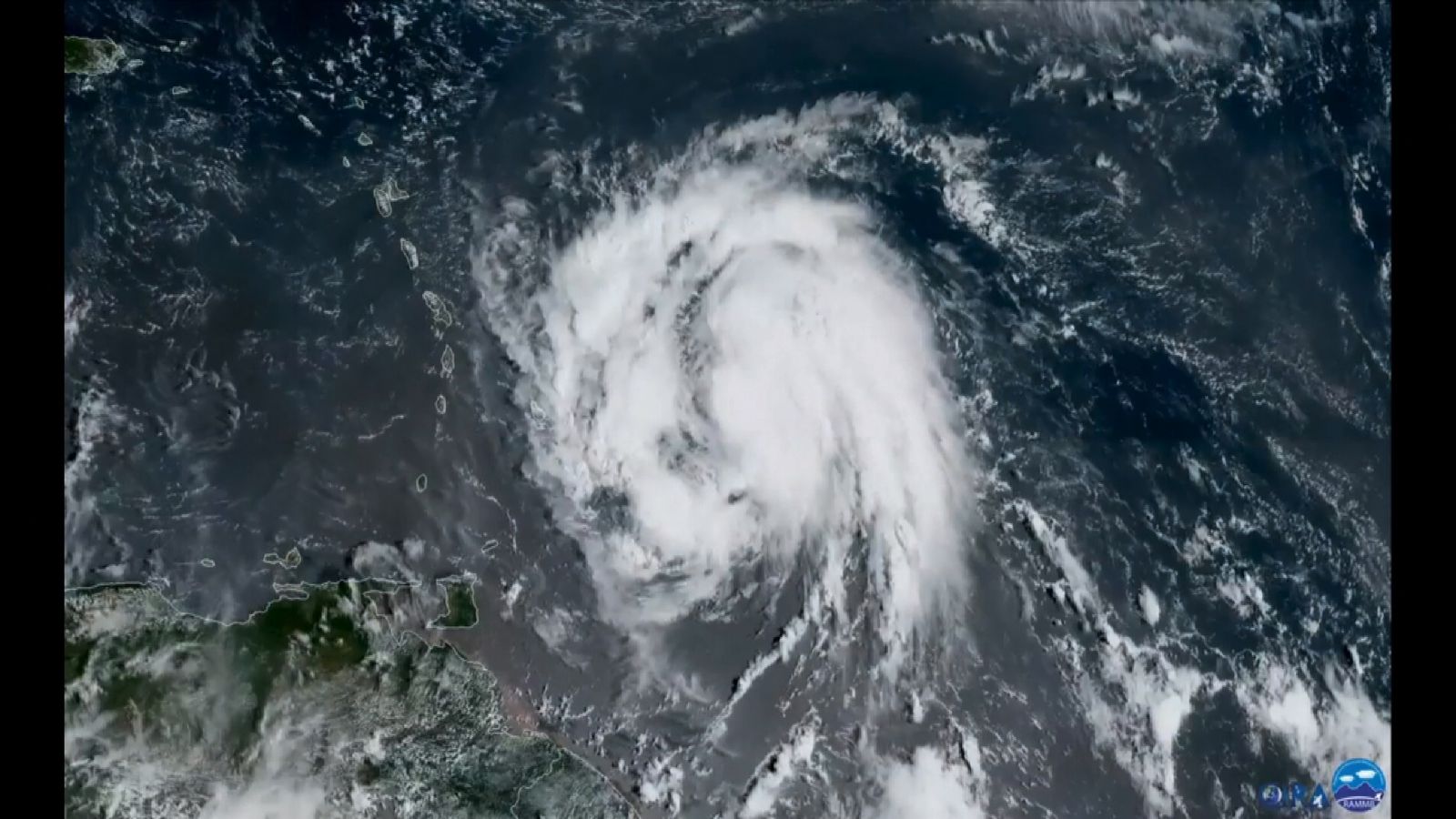

During the interview process, stories and images were particularly similar. Were defoliated, and those that were not, were snapped or uprooted by Maria’s strong winds and lost medium to large branches. Maria’s strong winds spread large amounts of debris across the entire area. Even though hurricane force winds started to diminish once the system moved offshore, tropical storm force winds continued well into the evening and overnight hours across mainland Puerto Rico.įigure 3: TJUA NEXRAD Radar at 354 AM AST showing the center of Hurricane Maria just south of Vieques.ĭuring a preliminary survey of areas along the path of Hurricane Maria’s center, it was evident that catastrophic damage had occurred. Maria’s center moved over the coastal waters off northwestern Puerto Rico early that afternoon. As the center of the storm moved west-northwestward over southeastern PR into the interior and northwestern PR, widespread hurricane force winds spread all over mainland PR along with extremely heavy rainfall that produced major to catastrophic flooding and flash flooding, especially across the northern half of Puerto Rico. At approximately 615 AM AST (1015 UTC), Maria made landfall in Yabucoa, Puerto Rico as a strong category 4 hurricane with maximum sustained winds of 155 mph.

Croix to Category 4 hurricane with 155 MPH south of Vieques. Around 5 AM AST (0900 UTC), hurricane force winds were reported in Vieques and the eastern half of mainland Puerto Rico.

Based on observations from the Hurricane Hunters, the intensity of Maria was lowered from Category 5 hurricane with 175 MPH just southeast of St. Croix as Maria’s eyewall moved over that island.

Between 12 AM and 1 AM AST (0400-0500 UTC) on September 20th, hurricane force winds were first reported in St. Throughout the afternoon and early evening hours, rain bands generating tropical storm conditions reached Vieques, Culebra, and Puerto Rico.įigure 2: Descending pass of the ASCAT showing several locations of winds exceeding 50 knots on September 19.Īs the center of Maria approached the USVI and Puerto Rico, the frequency of the rain bands as well as the strength or intensity of the winds increased. Rain bands first approached Saint Croix, as well as portions of Saint Thomas and Saint John during the morning hours on the 19 th. Maria maintained Category 5 strength as it continued its path towards the U.S. Maria’s first landfall was in Dominica, part of the Windward Islands, as a category 5 hurricane at around 915 PM AST on the 18 th (0115 UTC on the 19th). At the time, environmental conditions were favorable for intensification to occur due to sea surface temperatures greater than 28 degrees Celsius, light vertical wind shear, and moist air. Within the next 24 to 30 hours and within an 18 hour period, Maria underwent through rapid intensification, strengthening from a category 1 to an extremely dangerous category 5 hurricane. Thereafter, Maria gradually intensified and became the 8 th hurricane of the 2017 Atlantic hurricane season with 75 mph maximum sustained winds at 500 PM AST (2100 UTC) on September 17 th.įigure 1: Tropical Weather Outlook issued by the National Hurricane Center at 7:37 AM on Sep 17, 2017. At the 500 PM AST (2100 UTC) advisory, just three hours later, the depression was upgraded to Tropical Storm Maria with maximum sustained winds of 50 mph. It was not until 200 PM AST (1800 UTC) on September 16 th, that its convective organization improved that the NHC classified the system as a tropical depression about 700 miles east-southeast of the Lesser Antilles. Maria formed from an African easterly wave that moved across the tropical Atlantic Ocean during the week of September 10 th to September 17 th, 2017.


 0 kommentar(er)
0 kommentar(er)
